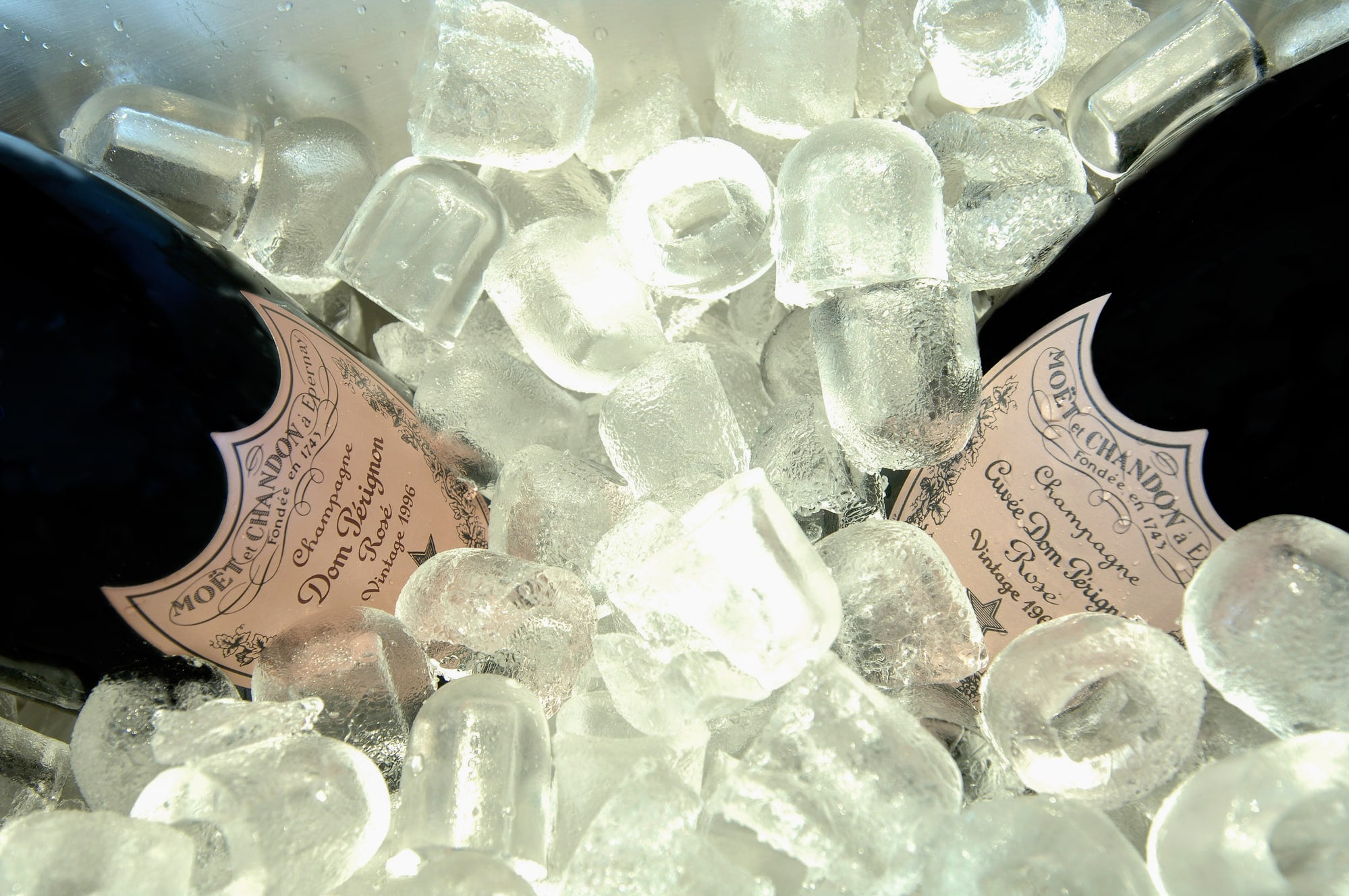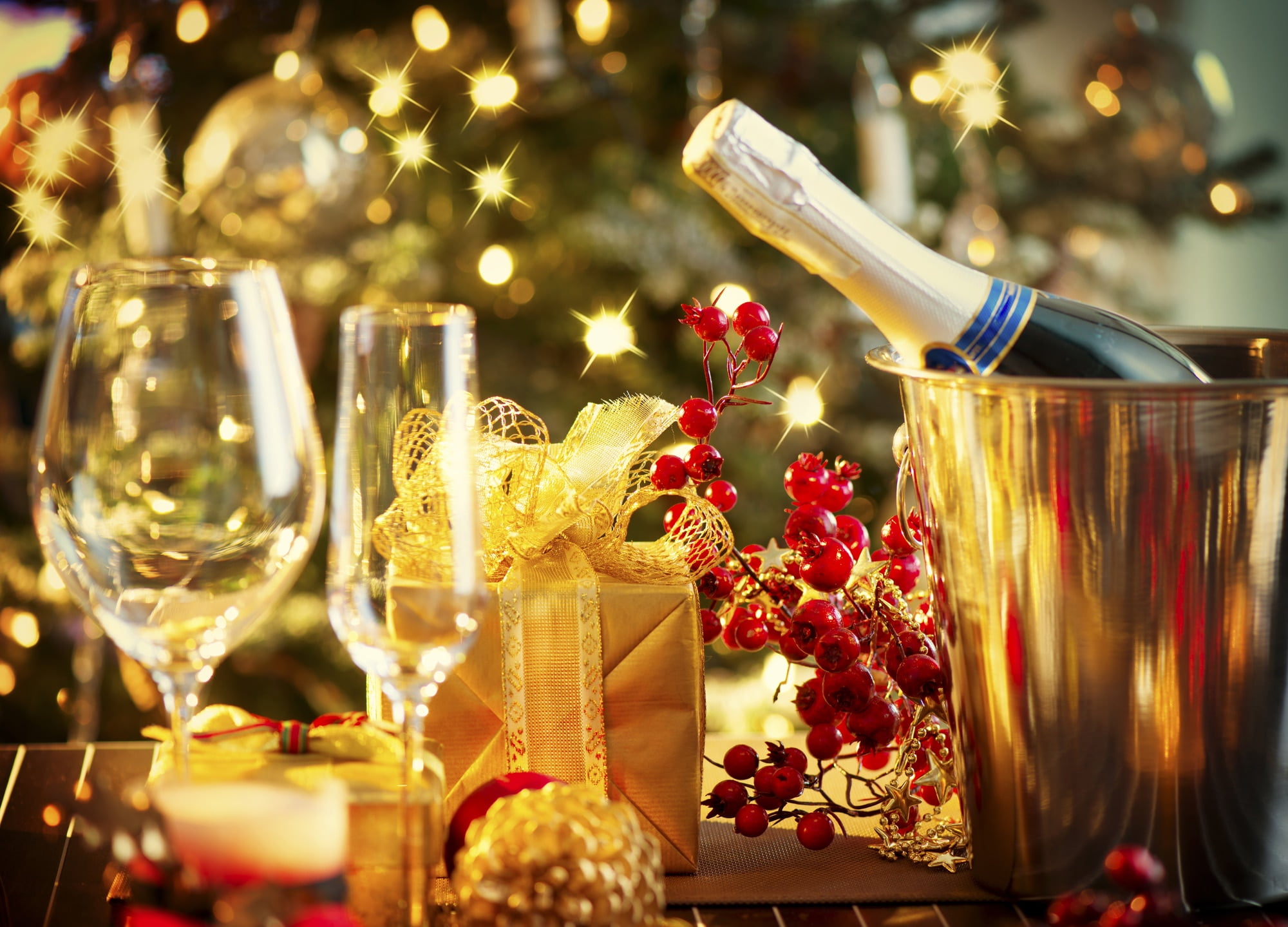The story of Champagne and New Year
New Year’s Eve is a time when people around the world come together and celebrate the end of one year and the beginning of another. It’s a time to reflect on our blessings, be thankful for what we have, and make resolutions for the year ahead. But what many people don’t know is that it was Champagne that played an integral role in creating this tradition. In this blog post, we will explore the fascinating story behind Champagne and New Year, as well as some interesting facts about Champagne itself. We’ll also look at why it became so popular in celebration, how it’s made and where to find it today. So, let’s take a dive into the history of Champagne and discover what really makes it so special!
The History of Champagne
The history of Champagne is a long and rich one, dating back to the early days of the Roman Empire. Champagne was first mentioned in writing in the year 544 AD when a monk named Venantius Honorius wrote about a wine made in the region that was “sparkling and white.”
Champagne gained popularity throughout Europe over the centuries, and by the 1600s it was being exported to other countries. The first recorded use of Champagne for toasting was at the coronation of King Louis XIV in 1654.

Tasting Dom Perignon champagne vintage Rose
In 1876, Dom Perignon invented champagne as we know it today. He added yeast and sugar to wine, which caused it to ferment and create bubbles. Prior to this invention, champagne was a still wine.
Since then, Champagne has become synonymous with celebrations and special occasions. It is often used for toasting at weddings, New Year’s Eve parties, and other festive occasions.
How Champagne is Made
While the method of making champagne has changed since its early days, the essential process remains the same. First, the grapes are harvested and crushed. The juice is then fermented in barrels or tanks for a few weeks. After fermentation, the wine is bottled with a small amount of sugar and yeast. The bottles are then placed in cool cellars where they remain for several months (or years, in the case of vintage champagne). During this time, the yeast consumes the sugar, producing carbon dioxide gas. This gas is what gives champagne its distinctive bubbles. Finally, the bottles are disgorged (the sediment is removed) and corked. Champagne is now ready to enjoy!
The Different Types of Champagne
There are three different types of Champagne- Brut, Extra Dry, and Demi Sec. Each type is determined by the amount of sugar added to the wine.
Brut Champagne is the driest and most popular type. It contains less than 1.5% sugar. Extra Dry Champagne is slightly sweeter than Brut, with 1.2-2% sugar. Demi-Sec is the sweetest type of Champagne, with 2-5% sugar.
The must, or juice, for all Champagnes, undergoes a secondary fermentation in the bottle which gives it its characteristic bubbles. This process is called Methode Champenoise and can only be used for wines made in the Champagne region of France. The sugars and yeasts interact to create carbon dioxide gas, which becomes trapped in the bottle under pressure. When you open a bottle of Champagne, the gas escapes and forms bubbles in the wine.
How to Choose the Right Champagne for New Year’s Eve
When it comes to choosing the right champagne for New Year’s Eve, there are a few things you need to take into account. First and foremost, you need to decide what kind of atmosphere you want to create. If you’re looking for something luxurious and sophisticated, then choose champagne with a higher price tag. But if you’re just looking to have some fun and enjoy the company of your friends, then any old bottle of champagne will do.

Christmas And New Year Holiday Table Setting. Celebration
Once you’ve decided on the atmosphere you want to create, it’s time to start thinking about the actual champagne itself. The most important thing is to make sure that you get good quality champagne – this is not the time to skimp on quality! There are plenty of affordable champagnes out there that are still excellent in quality, so don’t hesitate to spend a little bit more money if it means getting a better bottle.
Finally, consider what kind of food you’ll be serving on New Year’s Eve. If you’re planning on having a big dinner party, then it might be worth splurging on pricier champagne so that your guests can really enjoy themselves. But if you’re just having some snacks or finger foods, then any old bottle will do just fine.
No matter what kind ofNew Year’s Eve party you’re planning, make sure that you choose the right champagne so that everyone can have a great time!
New Year’s Best places to celebrate New Year 2023 Around the World
Champagne and New Year’s go hand-in-hand in many cultures around the world. Here are some of the most popular New Year’s traditions that involve champagne:
In France, it is tradition to drink a glass of champagne at midnight on New Year’s Eve. This is often done while standing under a mistletoe, which is said to bring good luck in the new year.
In Spain, cava, a type of sparkling wine, is typically drunk on New Year’s Eve. It is customary to make a wish when drinking the first glass at midnight.
In Germany, Sekt, another type of sparkling wine, is commonly consumed during New Year’s Eve celebrations. A popular tradition is to pour a small amount of Sekt into each person’s glass before midnight and then make a toast to good health in the new year.
In Italy, prosecco is usually drunk on New Year’s Eve. It is common to eat Lentils on New Year’s Day, as they are said to bring good luck and prosperity in the new year.
Whatever your traditions may be, we hope you have a happy and safe New Year! Cheers!
Bubbles conclusion
Champagne is a bubbly and delicious beverage that has become synonymous with celebration. It’s no wonder, then, that it has become the traditional choice to toast in the New Year. Not only does Champagne add an extra element of festivity to any occasion, but the story behind its association with ringing in the New Year makes for an interesting piece of trivia as well. So next time you raise your glass of sparkling champagne on December 31st, remember: You are not only celebrating by saying goodbye to another year gone by and hello to one yet untried—you’re also participating in a centuries-old tradition!
More New Year
How is New Year celebrated around the world?
Much more on Champagne at www. Winetalk.dk




